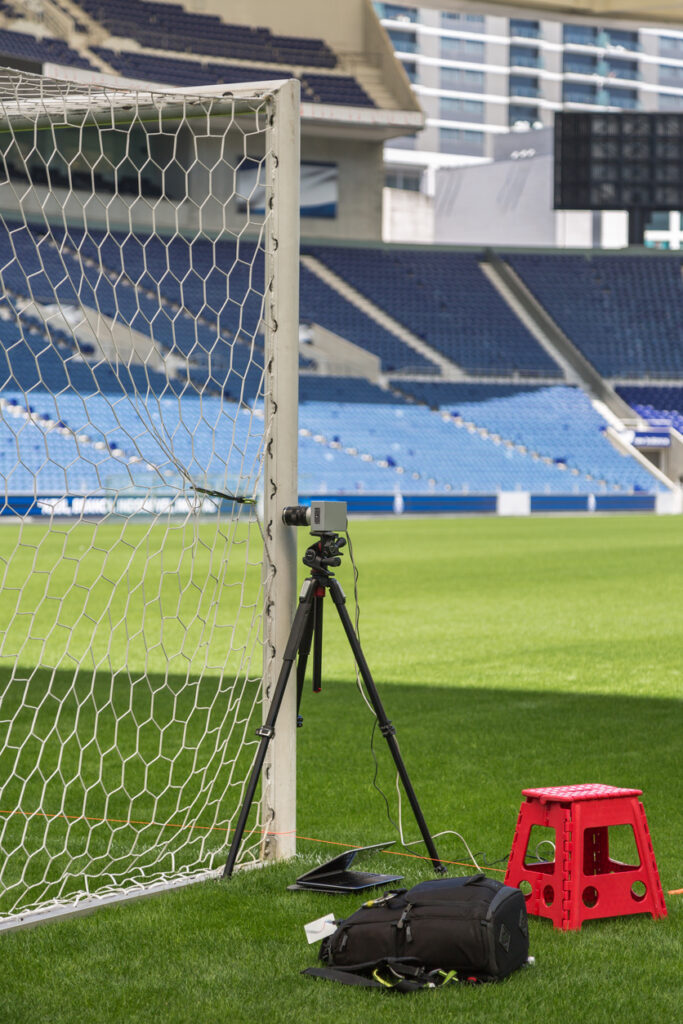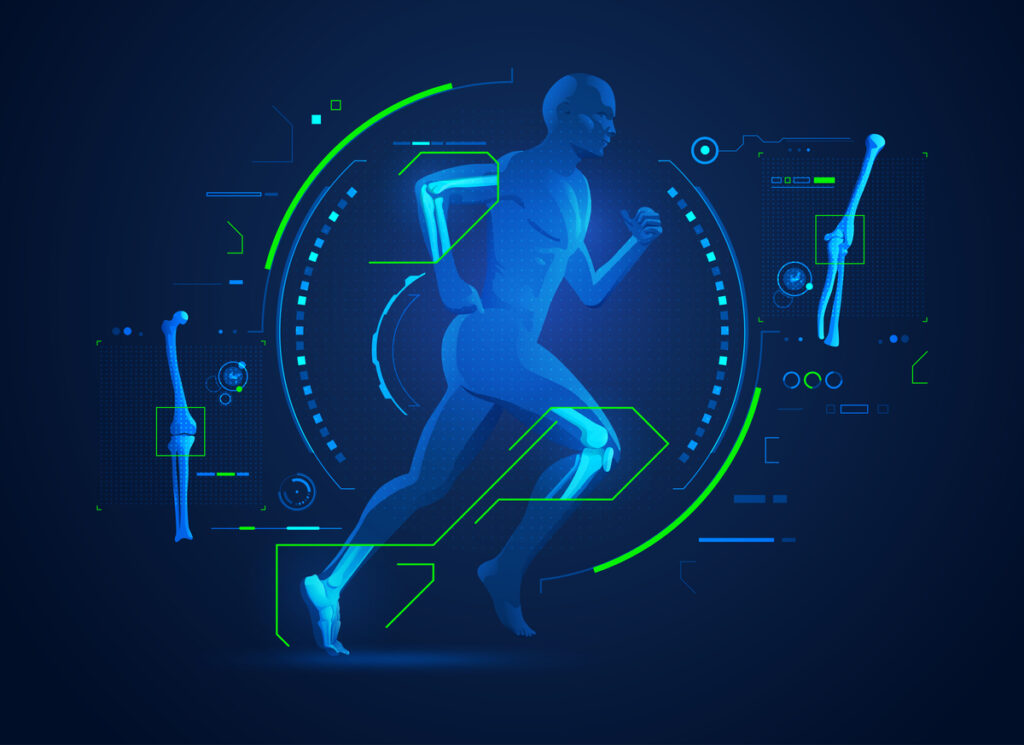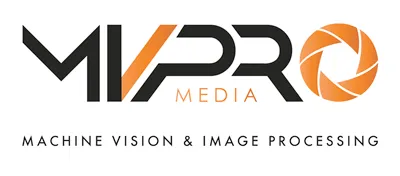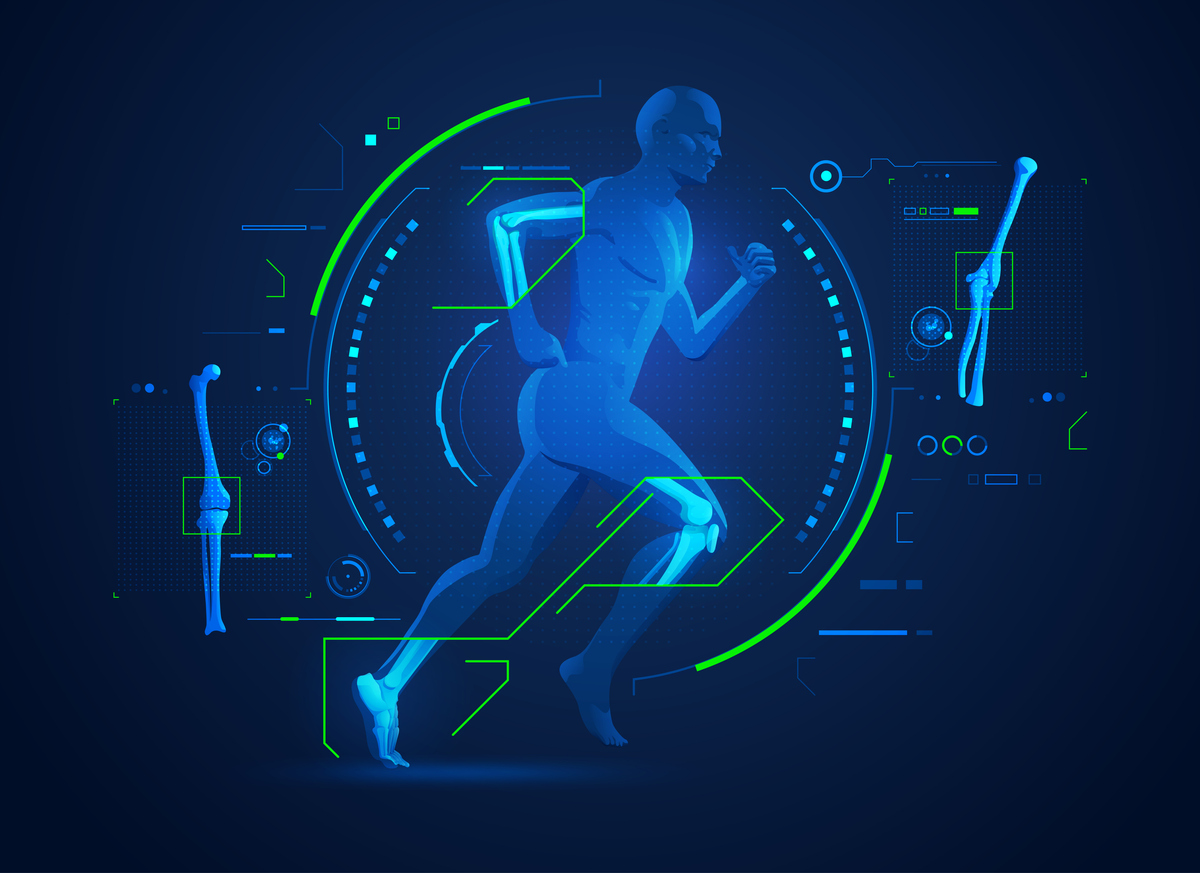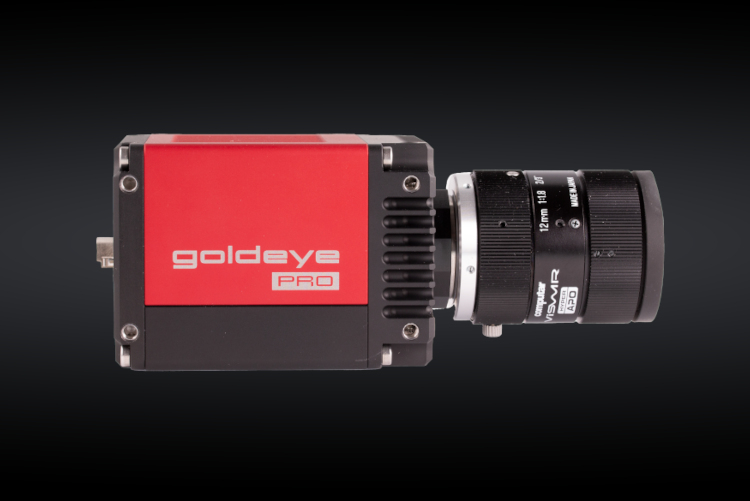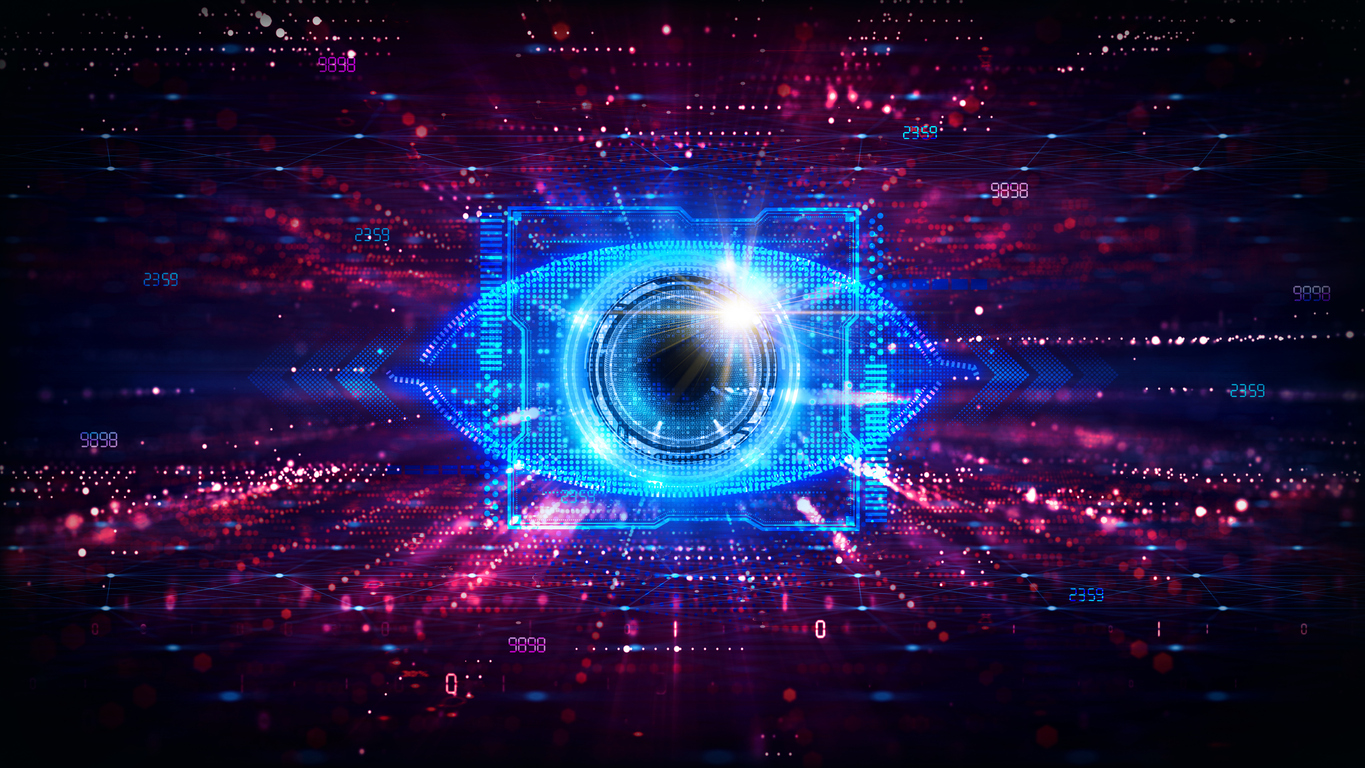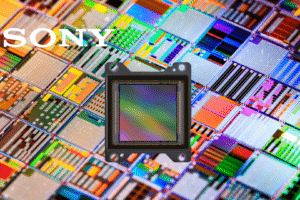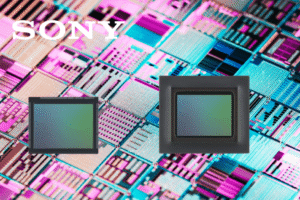
When we watch a match, we rely on our eyes to interpret the action—the ball zipping across the field, the subtle shift in a striker’s run, the tiny fraction of a second between a clean tackle and a foul. Now imagine if cameras and computers could do the same, only faster, more consistently, and at a scale no human could manage. That is the promise of machine vision in sport, a technology that has quietly become one of the most transformative forces in modern athletics.
From fairer officiating to injury prevention, from personalized coaching to immersive fan experiences, machine vision is shaping how sport is played, judged, and enjoyed. In this article, we’ll explore where it’s being applied today, the challenges it faces, and what the future might look like when machines learn to “see” sport in ways humans can’t.
Fairer Officiating
Few things ignite debate like refereeing decisions. Did the ball cross the line? Was that a foul or a dive? Human referees are incredibly skilled, but even the best can miss a moment, especially at high speed.
Machine vision has stepped in as the great equalizer. In football, goal-line technology uses high-speed cameras to determine whether the ball has fully crossed into the net. In tennis, systems like Hawk-Eye provide precise in/out calls, projecting the ball’s trajectory with millimetre accuracy. Cricket uses similar tools to check LBW (leg before wicket) decisions, blending video tracking with physics models.
The result? Greater consistency and fewer controversial errors. While debates about slowing the game down continue, the technology has undeniably raised fairness and trust.
Training and Performance
Not all the benefits are visible on game day. Behind the scenes, machine vision is revolutionizing how athletes train. In the past, coaches relied on subjective notes or expensive motion-capture labs full of sensors and reflective markers. Now, high-speed cameras and advanced vision algorithms can extract the same biomechanical details without attaching anything to the athlete.
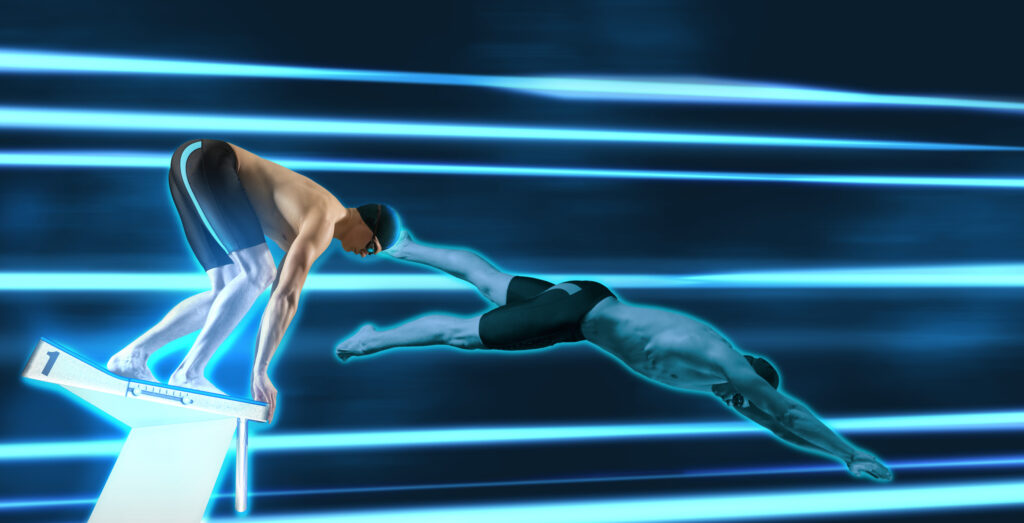
Basketball coaches can analyze a player’s shooting form frame by frame. Runners can have their stride length, joint angles, and symmetry assessed. Footballers’ sprint speeds and turning mechanics can be tracked across an entire match. Crucially, these systems don’t just provide data—they spot patterns, highlight inefficiencies, and suggest where improvements could be made.
For younger athletes, this democratization is powerful. Affordable apps can break down skills using just a smartphone, making elite-level analysis accessible to local clubs and schools.
Tactics and Team Analysis
Beyond individuals, machine vision helps coaches understand the bigger picture: the movement of teams.
In football, tactical analysis is a huge part of preparation. Vision systems can map every player’s position across the game, revealing shapes, spacing, and pressing patterns invisible to the naked eye. Coaches can see, in real time, whether the defensive line is too stretched, or if a pressing trap is being triggered effectively.
Basketball teams use similar tools to analyze spacing and shot selection, generating heat maps of where players tend to score or defend. Rugby and hockey teams can measure overloads, gaps, and reaction times to turnovers.
For analysts, this takes hours of manual coding and turns it into searchable insights: “Show me every time our winger received the ball in space in the first half.” For players, it personalizes film review, helping them see their role in a wider tactical system.
Preventing Injuries
Performance isn’t just about skill—it’s also about staying fit. Injuries can derail a season, and even subtle mechanical issues can add up over time.
Machine vision now plays a key role in injury prevention. By monitoring athletes’ biomechanics—landing mechanics, knee angles, trunk positions, or running symmetry—vision systems can flag risks before they become problems. For example, if a player returning from a knee injury shows an imbalance in stride length, the system can highlight it for coaches and physiotherapists.
In return-to-play scenarios, machine vision offers clinicians hard evidence. Instead of relying solely on “how the athlete feels,” staff can compare live movement data against the athlete’s healthy baseline. That reduces guesswork and improves long-term outcomes.
Scouting and Talent ID
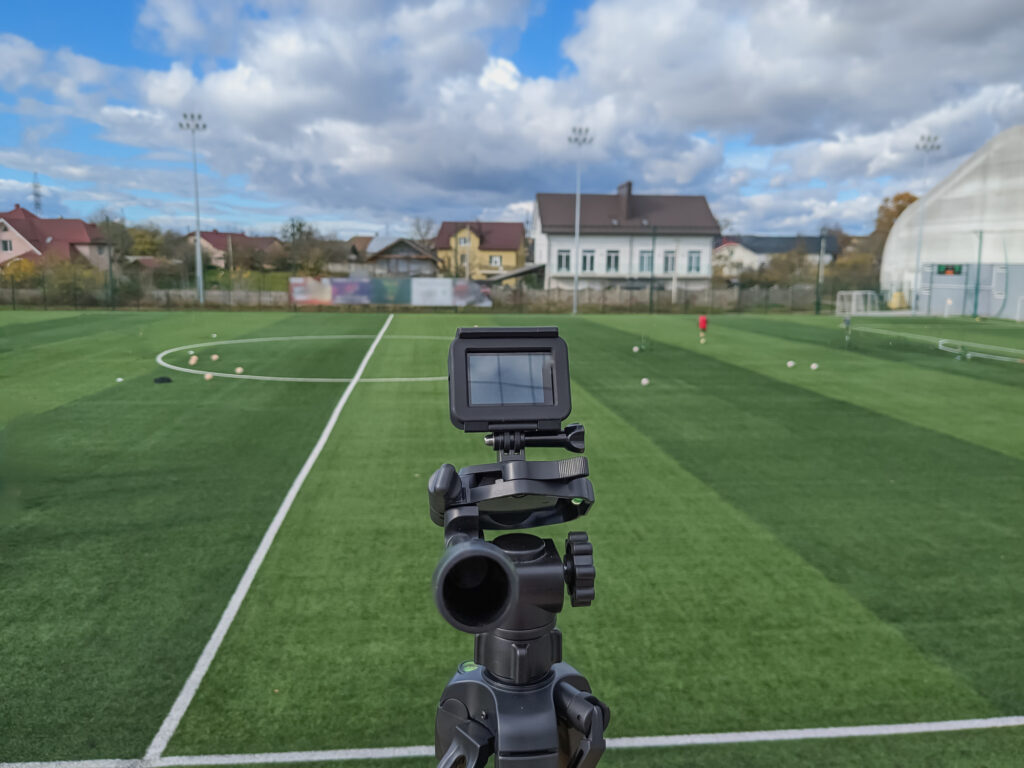
For scouts, finding the next big star has always been a blend of intuition and statistics. Machine vision adds a new dimension.
By tracking technical, physical, and tactical attributes in tournaments or academies, vision systems can create comprehensive player profiles. How quickly does a midfielder release the ball under pressure? How consistently does a striker make runs behind the line? How much ground does a full-back cover in a match?
Because the technology can scale—covering dozens of players at once—it reduces bias and ensures promising talent isn’t overlooked. A player’s contributions off the ball, often invisible to casual observers, can now be quantified and compared.
Fan Experience and Broadcasting
Of course, fans benefit too. Machine vision powers many of the augmented graphics we see on TV: shot trajectories, real-time win probabilities, or automated highlight reels that surface seconds after the action.
These systems don’t just add polish—they make the game more interactive. Viewers can dive deeper into stats, relive moments from multiple angles, or follow along on second-screen apps. For broadcasters and sponsors, it creates new ways to engage audiences and keep them invested.
Stadiums also use machine vision to manage crowds, monitor safety, and even study fan behavior. While this raises important privacy questions, it points to a future where the fan experience is both smoother and more immersive.
Grassroots Sport
Perhaps the most exciting development is how machine vision is trickling down to grassroots. What once required costly setups can now be done with smartphones and portable multi-camera rigs.
Parents can film youth matches and generate instant highlight reels. Amateur coaches can use apps that analyze shooting technique or sprint mechanics. Players can compete in “skill challenges” verified by vision-based apps that track ball flight or repetition counts.
This democratization ensures that machine vision isn’t just for professionals. It’s becoming a tool to help anyone, at any level, improve, learn, and enjoy sport more deeply.
Challenges and Considerations
Of course, machine vision isn’t perfect. Systems can struggle with poor lighting, crowded scenes, or very fast objects like cricket balls or baseball pitches. Maintaining player identities across collisions or set pieces can also be tricky.
There are broader concerns, too. Algorithms may perform worse on players outside their training data, raising issues of fairness and bias. Privacy is another pressing matter—recording athletes, especially children, requires clear policies on consent, data storage, and access.
Finally, the technology should complement, not replace, human judgment. Referees, coaches, and analysts bring context, intuition, and empathy that machines can’t replicate. The sweet spot is collaboration: computers handling the heavy lifting, humans making the final call.
The Road Ahead
What does the future hold? Several trends are already emerging:
- Faster ball tracking using event cameras capable of handling ultra-fast objects.
- Fusion of multiple data sources, blending video with audio, radar, and wearables.
- Foundation models for sport, trained on massive amounts of footage, making systems more general and adaptable.
- 3D reconstruction from 2D video, giving coaches and fans immersive replay experiences.
- AR integration, where athletes may one day wear glasses displaying real-time coaching cues mid-training.
It’s a future where machine vision becomes invisible—woven seamlessly into sport at every level.
Conclusion
Machine vision has moved from a niche tool to a central part of modern sport. It enhances fairness through accurate officiating, improves performance by analyzing technique, reduces injuries, enriches fan engagement, and opens new pathways for scouting and grassroots development.
At its heart, though, machine vision doesn’t replace the human side of sport—it amplifies it. Coaches still inspire, referees still interpret, fans still feel the thrill of the moment. The technology simply adds clarity, depth, and speed to our understanding of the game. In the years ahead, the best teams, players, and broadcasters won’t just be watching sport. They’ll be seeing it—with a precision and perspective once thought impossible.
